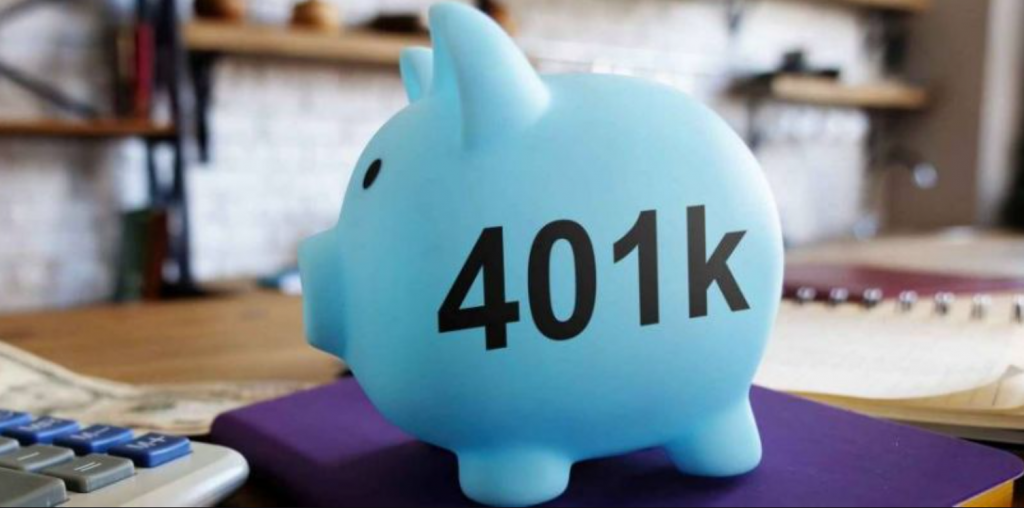
Just one year ago, Congress passed the Secure Act to help people save more aggressively for retirement. But thanks to the financial beatdown that was 2020, we could all use a bit more help.
More than a quarter of Americans have slowed or stopped contributing to their retirement savings due to the pandemic.
Now, a bipartisan group of lawmakers is trying to build on last year’s bill with the Securing a Strong Retirement Act.
“This bill will help Americans approach old age with the confidence and dignity they deserve after decades of hard work and sacrifice,” said House Ways and Means Committee Chairman Richard E. Neal in a release.
Its backers hope it will land on the president’s desk in early 2021. Here are six big changes proposed by the hotly anticipated sequel, the Secure Act 2.0.
1. Automatic enrollment in a 401(k)
A 401(k) is a pretty painless way to build your retirement savings.
You steer a portion of your paycheck into an account that allows you to invest and grow your money, and you even get a tax break for doing so. Some companies may even help you pad your savings by matching some of your contributions.
Don’t know whether your company offers a 401(k)? The Secure Act 2.0 won’t let you miss those benefits. The bill would require these plans to automatically enroll everyone who is eligible, although you can still opt out if you wish.
Under the legislation, your new 401(k) would start by diverting at least 3% and no more than 10% of your paycheck. The auto-deferral rate would increase by 1% each year until it reaches 10%.
This change tells workers that saving for retirement is an immediate must — and puts the onus on them to pull the plug if they need the money for something urgent.
2. Matching funds for paying student debt
Automatic enrollment is just the beginning. The new bill is making employer 401(k) plans pretty attractive in other ways, too.
The Secure Act 2.0 would let you pay down your student debt instead of contributing to a 401(k) plan and still receive an employer match in your retirement plan.
This change would be huge for people who’ve put off diverting cash to a retirement plan because of student loan obligations. Now, you can do both.
Keep in mind, if your debt seems insurmountable, now might be the perfect time to refinance your student loan. With today’s rock-bottom interest rates, you can refinance to a lower interest rate and save a boatload of cash over the course of the loan.
3. Save for retirement longer than ever
Sometimes you need to sit on your nest egg a little longer before it’s ready to hatch, especially if you have an active investment portfolio.
Well, Congress understands. Just last year it raised the required minimum distributions (RMDs) age from 70 ½ to 72. Those are the mandatory withdrawals that allow the IRS to start collecting taxes on your retirement savings.
Under the Securing a Strong Retirement Act, retirees can let their savings grow even longer: until age 75.
The longer you wait to tap into your retirement accounts, the more money you’ll have when you do start taking funds out.
Not sure how long you should wait or how much money you’ll need? You can make your retirement planning a bit easier with some help from an expert. Certified financial planners, like those available online, can guide you through a plan as unique as you are.
4. Increase catch-up contributions
s your retirement creeping closer? Now’s the time to put your contributions into hyperdrive.
Typically, there are strict limits on how much cash you can stuff in your 401(k) every year. In 2020, that limit was $19,500 from your pre-tax pay if you’re under 50. If you’re older, you could put in an extra $6,500 as a “catch-up contribution.”
Now, older workers will be able to deposit even more. The proposed change would allow those age 60 and older to contribute up to $10,000 extra every year for retirement plans and $5,000 extra toward SIMPLE IRAs.
If you’re not quite at your retirement goal, this will help you sprint across the finish line.
5. Boosting the Saver’s Credit
Never heard of this special tax break for low- and moderate-income people who manage to scrape and save small amounts for the future?
Well, the government’s not surprised; part of the Secure Act 2.0 asks the Treasury secretary to improve public awareness.
Currently, you can get a tax credit worth between 10% and 50% of the amount you save for retirement, depending on your income level.
The new legislation would improve the Saver’s Credit by creating a single tier of 50%, raising the maximum annual credit from $1,000 to $1,500 and raising the amount of income you can make while still qualifying.
6. More flexibility to give to charity
Among other changes to qualified charitable distributions (QCDs), the Secure Act 2.0 is increasing the annual limit to $130,000, up from $100,000.
So, what are QCDs? It’s money you withdraw from your IRA account that goes directly to an eligible charity. Beyond the obvious benefits of giving to charity, QCDs can count toward your RMDs.
That’s a lot of acronyms, so let’s take one step back. Like we learned above, the new bill would raise the RMD age — that’s the age when you have to start taking money from your retirement account or face hefty taxes on whatever amount you didn’t pull out.
If you don’t really need the excess money, you can give it to charity and avoid paying income tax on it as you normally would.


























